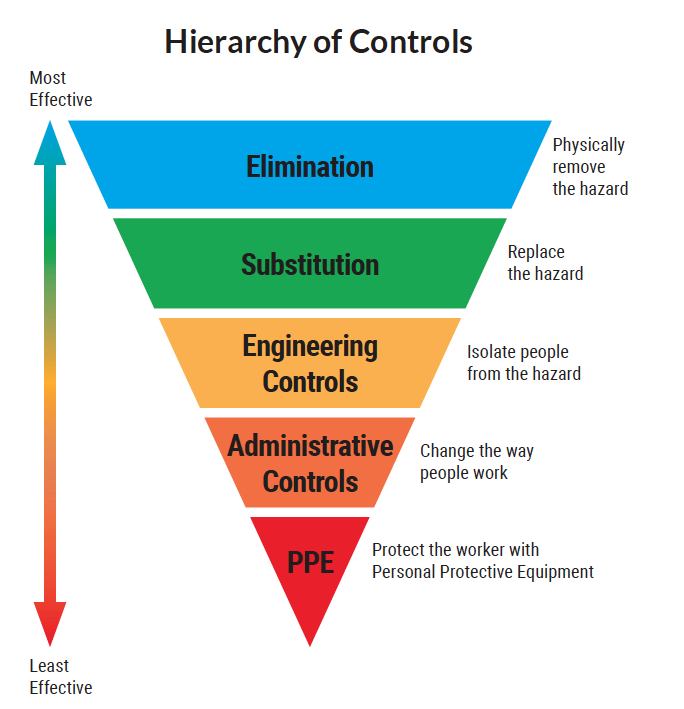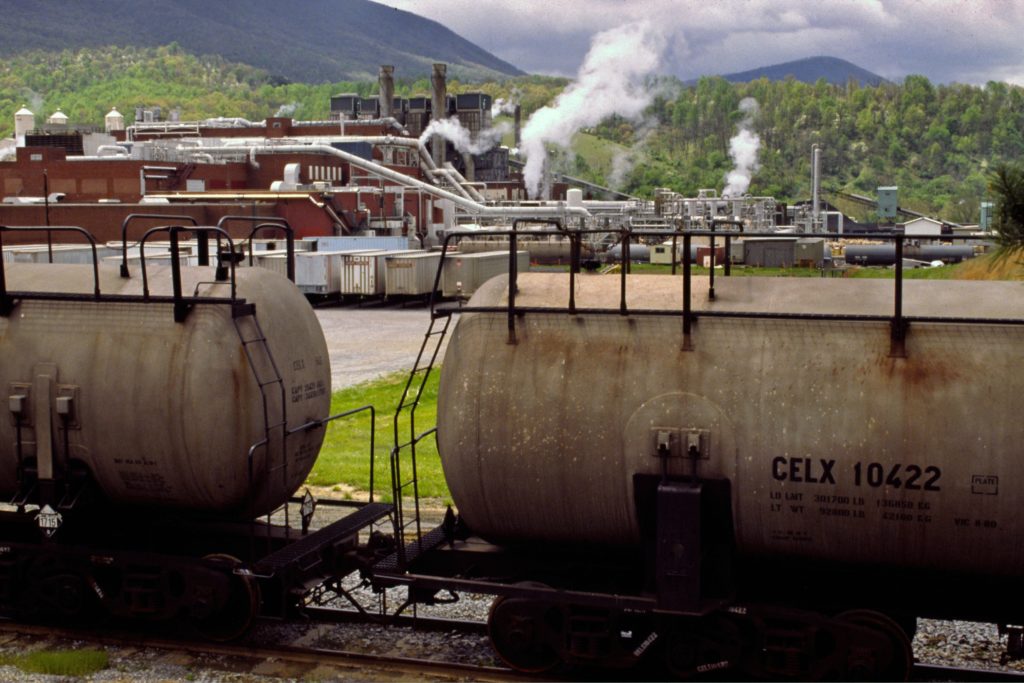
Obstructing the Right to Know
There are more than 45,000 chemicals being used in the United States today. When OSHA was established in 1970, the agency’s mandate included protecting workers by restricting the use of hazardous chemicals.
Over the past 50 years, OSHA has set standards that restrict workplace exposures to 31 chemicals. The two most recent chemical standards—silica and beryllium—each took 19 years from announcement to implementation.
In the absence of protective exposure limits on most chemicals, OSHA relies on its Hazard Communication Standard (HAZCOM). OSHA explains that HAZCOM is the standard that “gives workers the right to know and the right to understand.” HAZCOM requires that all hazards of all chemicals used in the workplace be identified by the chemical manufacturer or importer. Additionally, HAZCOM requires employers to provide information, education, and training to their employees about all the chemical hazards in their workplace.
THE CHEMICAL INDUSTRY IS HIDING THE BALL
If the information about hazards is missing or inaccurate, the purpose of HAZCOM is lost, and workers are endangered. The preliminary findings of the BlueGreen Alliance/Clearya True Health Hazards Project indicate that employers who purchase chemical products and the workers who handle those products do not have the information they need to protect themselves. The essential safety information is, in many cases, simply inaccurate and insufficient. Correcting this problem is critical to protect workers and fenceline communities from chemicals associated with cancer, birth defects, nervous system disorders, and fertility problems.
Improving the accuracy of health hazard information will also improve the viability of safer chemical products in the market. Allowing manufacturers to obscure essential health information results in “information asymmetries” between manufacturers and downstream buyers, who lack the information they need to identify hazardous products and also choose the safest products for their needs. When hazards are obscured from downstream buyers, a market failure occurs. Conversely, requiring complete information allows buyers to make more informed decisions about the chemical products they purchase, which enables the basic function of the market. More accurate hazard information is an essential first step for downstream buyers to seek out and use safer chemical products, a goal that OSHA supports.
THE UNITED NATIONS’ GLOBALLY HARMONIZED SYSTEM AND HAZCOM’S SDSs
The HAZCOM Standard relies on hazard information that must be “readily accessible” to potentially exposed employees. OSHA’s HAZCOM requires employers to:
“maintain in the workplace copies of the required safety data sheets [SDSs] for each hazardous chemical, and shall ensure that they are readily accessible during each work shift to employees when they are in their work area(s). (Electronic access and other alternatives to maintaining paper copies of the safety data sheets are permitted as long as no barriers to immediate employee access in each workplace are created by such options.)”
The SDS and the label that summarizes the information on the SDS use standardized pictograms and hazard statements developed by the United Nations as the Globally Harmonized System of Classification and Labeling of Chemicals (GHS) in 2003 and adopted by OSHA in 2012.
Hazard statements are intended to summarize the available science in a few understandable words, e.g., unstable explosive; may cause or intensify fire; fatal if swallowed; may cause an allergic skin reaction, etc. The chronic health warnings on SDSs include: may cause cancer; causes damage to organs through prolonged or repeated exposure; may cause genetic defects. GHS requires even fewer words on the label: carcinogen; reproductive toxicity; target organ toxicity; and/or respiratory sensitizer.
Employers’ ability to protect their workers and workers’ ability to protect themselves depends on the completeness and accuracy of these concise hazard statements on the SDS and labels. At the top of every SDS in Section 2, the manufacturer or importer is required to state all hazards of their chemical product. However, the few studies that have been done on Section 2 reveal that this information understates the danger and denies workers and responsible employers the opportunity for protection.
If chemical manufacturers and importers don’t follow the rules and don’t accurately warn users of the health hazards of their products on SDSs, the employers that purchase those products can’t protect their employees and those employees can’t protect themselves. The true health and safety hazards are hidden from view and the number of cancers, birth defects, and other health problems that result from the workplace use of those chemicals cannot be addressed by applying the hierarchy of controls to identify safer alternatives and take other protective measures.


How many people have been sickened or lost their lives because of the chemicals used at work?
We don’t know the answer because data is non-existent and the problem of chemical exposures on the job is essentially hidden.
The World Health Organization (WHO) calculates that 2 million lives and 53 million disability-adjusted life years—the loss of one year of full health—were lost worldwide in 2019 (the most recent year studied) due to exposures to selected chemicals.
The International Labour Organization (ILO) challenges the WHO estimate, arguing that:
For the great majority of chemical exposures, data does not exist for local, regional, and global estimates and the number of workers exposed cannot even be estimated. Only a limited number of chemical occupational exposures are considered, monitored, and regulated in workplaces.
Because of the lack of comprehensive information on chemical exposure of workers and respective outcomes such as death, cancer, etc., global burden of disease calculations are often missing or are severely underestimated.
In the United States, OSHA states that workers suffer more than 190,000 illnesses and 50,000 deaths annually related to chemical exposures. The AFL-CIO more than doubles that number to 120,000 U.S. deaths from occupational disease every year based on analyses in the peer reviewed literature.
Whether the number of annual occupational disease deaths is 2 million or 4 million worldwide or the U.S. annual number is 50,000 or 120,000, the problem is large enough to demonstrate the need for stronger solutions.